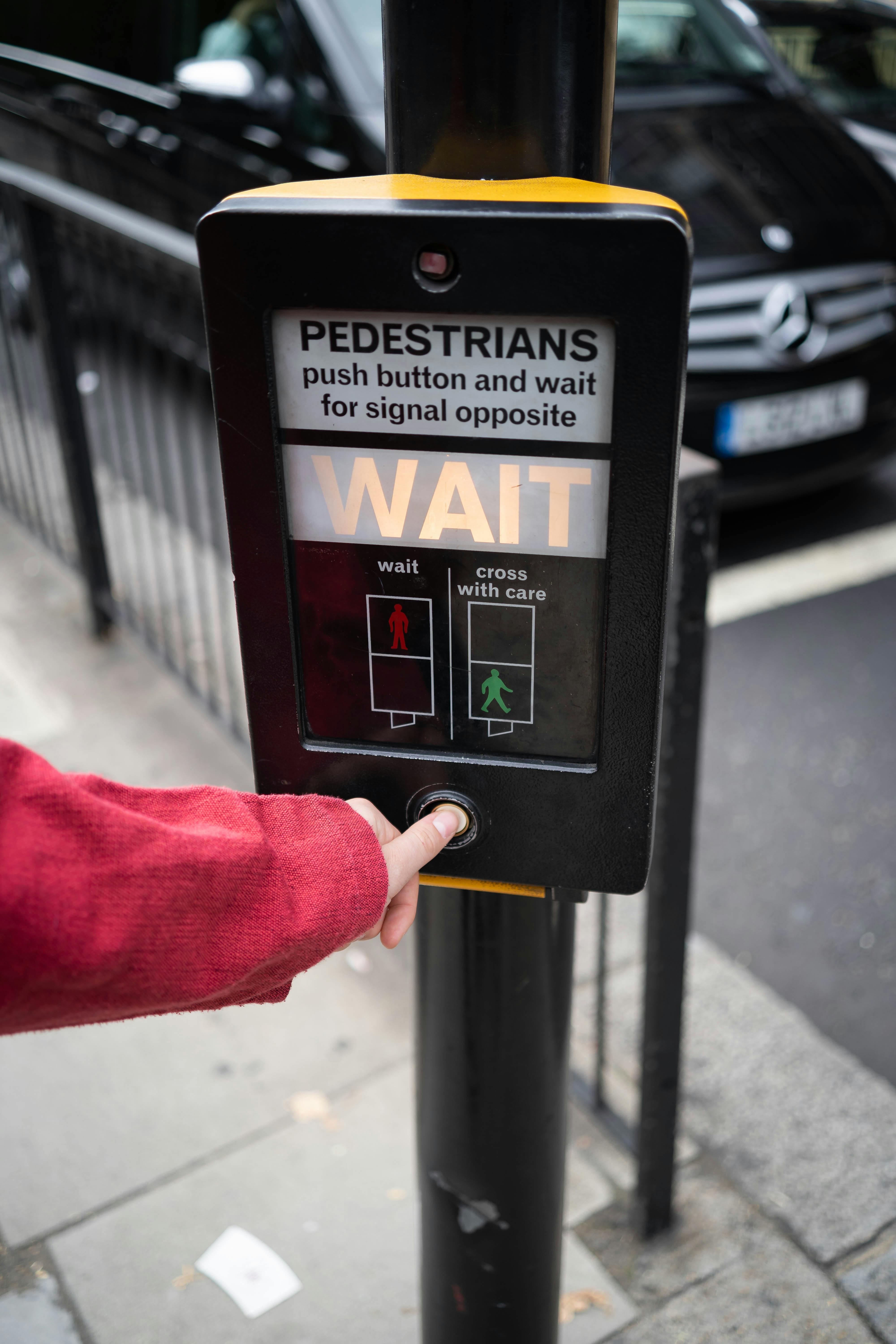The silent epidemic taking over our colleges
By: Victoria Salters
MONTGOMERY, Ala. —The halls of our nation’s universities often bear a sad secret, the academic pursuit for many students is often plagued with the struggle of mental health. From balancing course work, pressure and expectations from family and trying to maintain a social life, the pressures can become overwhelming many college students.
According to the National Center on Safe Supportive Learning Environments annual survey conducted in the 2021-2022 school year, 44% of college students reported symptoms of depression; 37% said they experienced anxiety and 15% have seriously considered suicide. These staggering statistics are the highest rates in the survey’s 15-year history.
To combat these challenges colleges across the country are working to implement new and effective ways to destigmatize mental health challenges. Sara Reives-Houston, a clinical psychiatrist, who is expanding behavioral health program at the University of North Carolina at Chapel Hill (UNC). Houston in a Time magazine interview said, “Expanding the availability of community support would have huge benefits on the collegiate population.” UNC has created a dynamic counseling program for their students and faculty. UNC’s programs include personal and group therapy sessions, programs dedicated to students struggling with ADHD and telehealth sessions.
Auburn University at Montgomery (AUM) also has a counseling center on campus available to both students and faculty. Students pay no fee out of pocket to receive counseling through AUM which makes the service more accessible. According to AUM’s website students may find themselves in need of support for many reasons including: college related stressors, test anxiety, transitional challenges, intimate partner violence and grief.
There is evidence to support that innovative mental health programs like the ones available at UNC and AUM have profound impacts on college students. The number of students seeking help at campus counseling centers increased almost 40% between 2009 and 2015 and continued to rise until the pandemic began, according to data from Penn State University’s Center for Collegiate Mental Health (CCMH) 2015 report, a research-practice network of more than 700 college and university counseling centers.
While on the surface students seeking help, at large rates indicate a major issue, it also indicates that the stigma of seeking mental help may finally be waning. The stigma surrounding mental illness has often been viewed as the number one enemy of progress by mental health clinicians across the country. The American Psychiatric Association released a paper in 2020 stating, “Stigma often comes from lack of understanding or fear. Inaccurate or misleading media representations of mental illness contribute to both those factors.” Despite the magnitude, stigmas lead to harm. Understanding the signs someone is struggling can save lives.
Given the rise of creative solutions there is hope campuses will continue becoming places where wellbeing is prioritized. The expectation is that as schools continue to fund these programs, future students will encounter fewer obstacles in getting the necessary mental health treatment they need to be successful in college.




